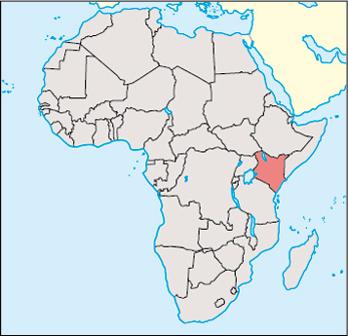What is the Capital of Kenya? Nairobi

Nairobi is the capital and largest city in Kenya. The metropolitan area has 3,915,000 residents (estimate for 2015, UN Population Division). The city is 1800 meters above sea level, has a pleasant climate and is Kenya’s economic center.
Nairobi is the country’s most important industrial center, including railway workshops, slaughterhouses, mills, breweries, cement factories, textile, metal, tobacco and shoe industries. Seat for Chamber of Commerce, agricultural fair and large coffee auctions. East of the city is the Embakasi International Airport. The city has several universities and an international conference center (Kenyatta Conference Center). Nairobi National Park is a well-known game reserve. Norwegian Embassy.
Nairobi originated in 1900 during the development of the Uganda railway from Mombasa to Kampala. The city followed Mombasa as its capital in 1905.














































